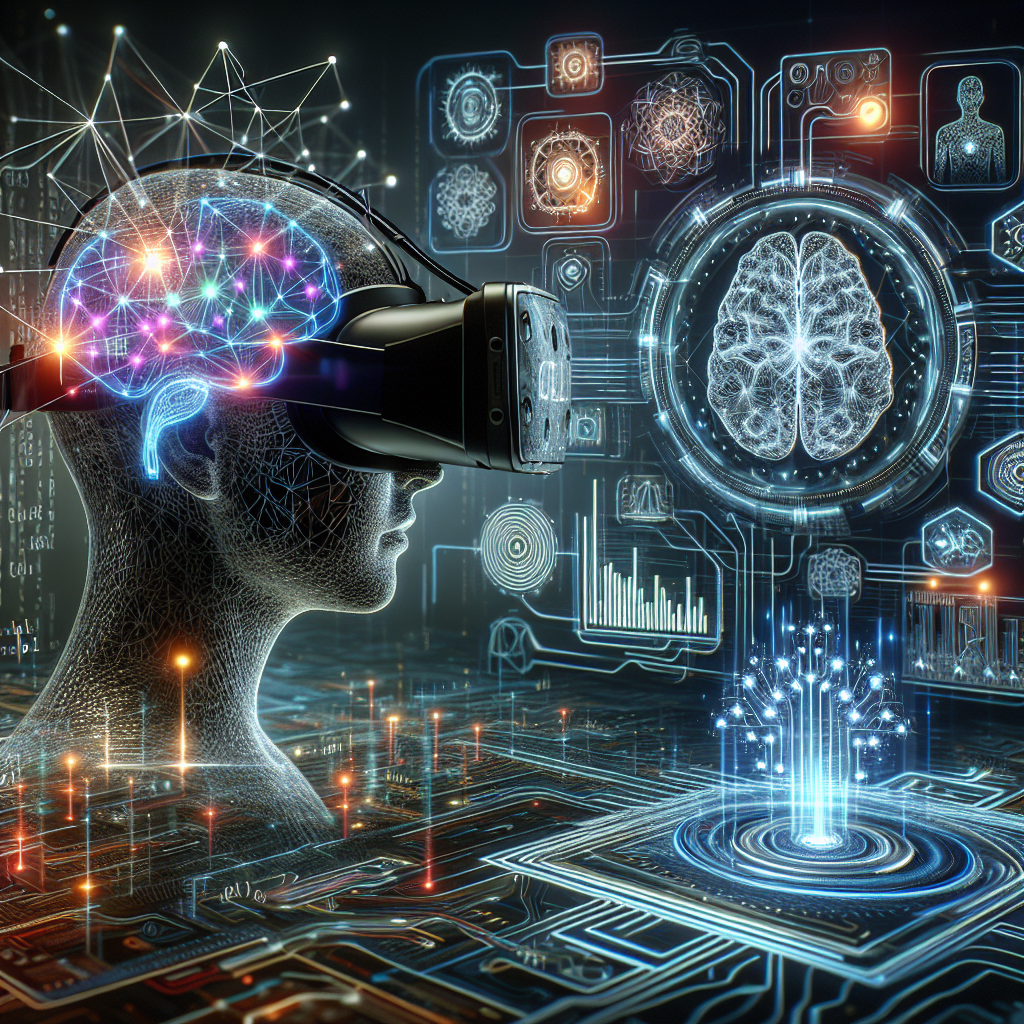The Role of AI-driven Solutions in Virtual Reality
Virtual reality (VR) has become a rapidly growing technology in recent years, offering users immersive and interactive experiences in various industries such as gaming, healthcare, education, and training. With the rise of artificial intelligence (AI), the integration of AI-driven solutions in VR has opened up a whole new world of possibilities and advancements. In this article, we will explore the role of AI-driven solutions in virtual reality and how they are revolutionizing the way we experience and interact with virtual environments.
AI in Virtual Reality
Artificial intelligence refers to the simulation of human intelligence processes by machines, including learning, reasoning, problem-solving, perception, and decision-making. When AI is integrated into virtual reality, it enhances the overall user experience by providing personalized and interactive content, as well as optimizing performance and efficiency. Some of the key ways AI-driven solutions are transforming virtual reality include:
1. Personalized Content: AI algorithms can analyze user behavior and preferences to deliver personalized content in real-time. This means that users can have a tailored experience in virtual reality, with content that is specifically curated to their interests and needs. For example, in a VR gaming experience, AI can adjust the difficulty level based on the player’s skill level and performance, providing a more engaging and challenging experience.
2. Realistic Interactions: AI-driven solutions can enhance the realism of interactions in virtual reality by simulating human-like behaviors and responses. This can include natural language processing for more realistic conversations with virtual characters, as well as predictive algorithms that anticipate user actions and adjust the virtual environment accordingly. The result is a more immersive and engaging experience for users, with interactions that feel more lifelike and dynamic.
3. Predictive Analytics: AI algorithms can analyze vast amounts of data collected from user interactions in virtual reality to predict future trends and behaviors. This can help developers and content creators optimize their VR experiences by identifying patterns and preferences among users, as well as predicting potential issues or challenges. By leveraging predictive analytics, AI-driven solutions can help improve the overall quality and performance of virtual reality content.
4. Adaptive Learning: AI-driven solutions can adapt and learn from user interactions to continuously improve the VR experience over time. This can include adjusting content based on user feedback, as well as optimizing performance and efficiency to provide a smoother and more seamless experience. By incorporating adaptive learning algorithms, AI can help enhance the overall user satisfaction and engagement with virtual reality content.
5. Automation: AI-driven solutions can automate various tasks and processes in virtual reality, such as content creation, rendering, and optimization. This can help streamline development workflows and reduce the time and resources required to create immersive VR experiences. By automating repetitive tasks, AI can free up developers and content creators to focus on more creative and innovative aspects of virtual reality content.
FAQs
Q: How does AI enhance the realism of interactions in virtual reality?
A: AI-driven solutions can simulate human-like behaviors and responses, such as natural language processing for more realistic conversations with virtual characters and predictive algorithms that anticipate user actions and adjust the virtual environment accordingly.
Q: Can AI-driven solutions personalize content in virtual reality?
A: Yes, AI algorithms can analyze user behavior and preferences to deliver personalized content in real-time, providing users with a tailored experience based on their interests and needs.
Q: How does AI improve the overall performance of virtual reality experiences?
A: AI-driven solutions can optimize performance and efficiency in virtual reality by analyzing data, predicting trends and behaviors, and adapting content based on user interactions to provide a smoother and more engaging experience.
Q: What are some examples of AI-driven solutions in virtual reality?
A: Some examples of AI-driven solutions in virtual reality include personalized content delivery, realistic interactions with virtual characters, predictive analytics for optimizing VR experiences, adaptive learning algorithms, and automation of tasks and processes.
In conclusion, AI-driven solutions are playing a crucial role in enhancing the overall user experience in virtual reality by providing personalized content, realistic interactions, predictive analytics, adaptive learning, and automation. As the technology continues to evolve, we can expect to see even more advancements and innovations in the integration of AI in virtual reality, further revolutionizing the way we interact with and experience virtual environments.

